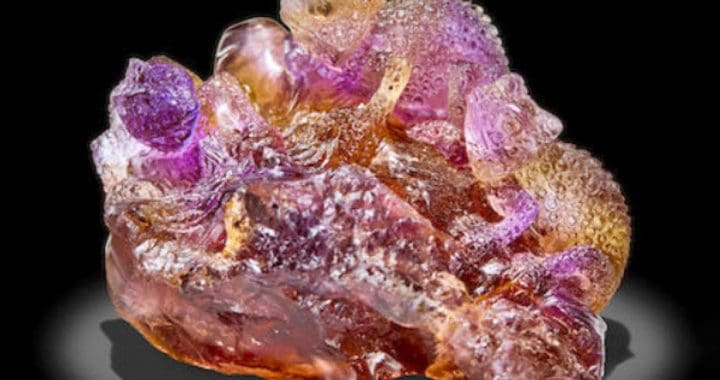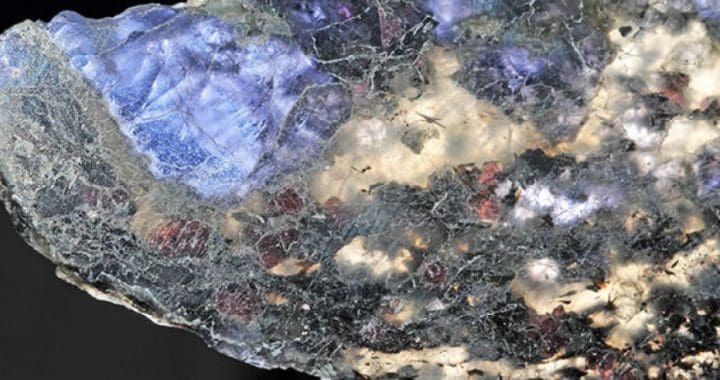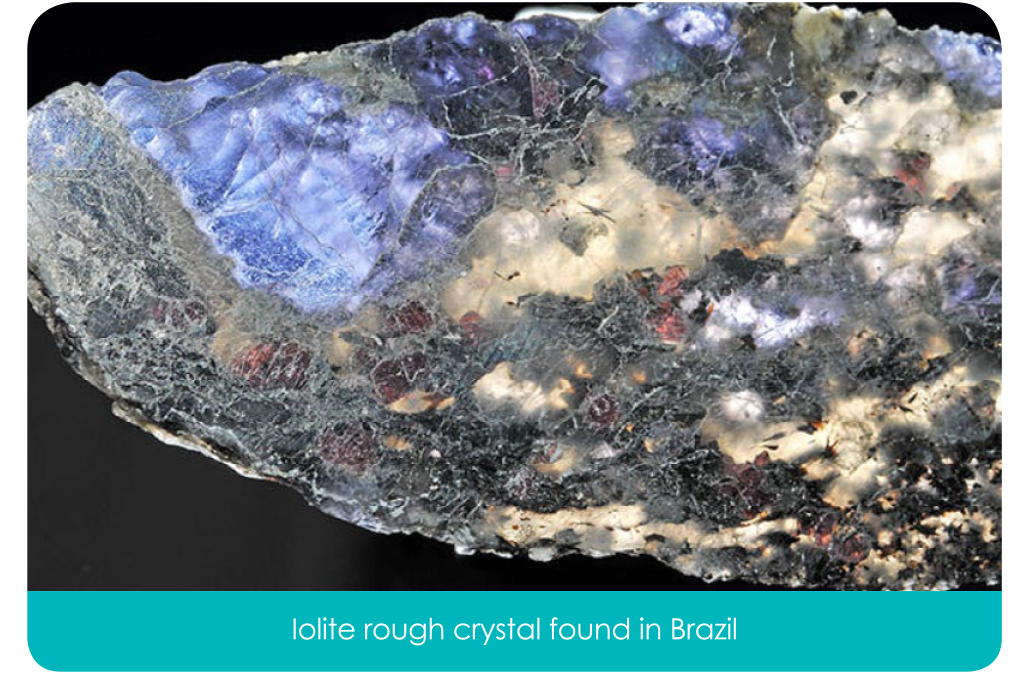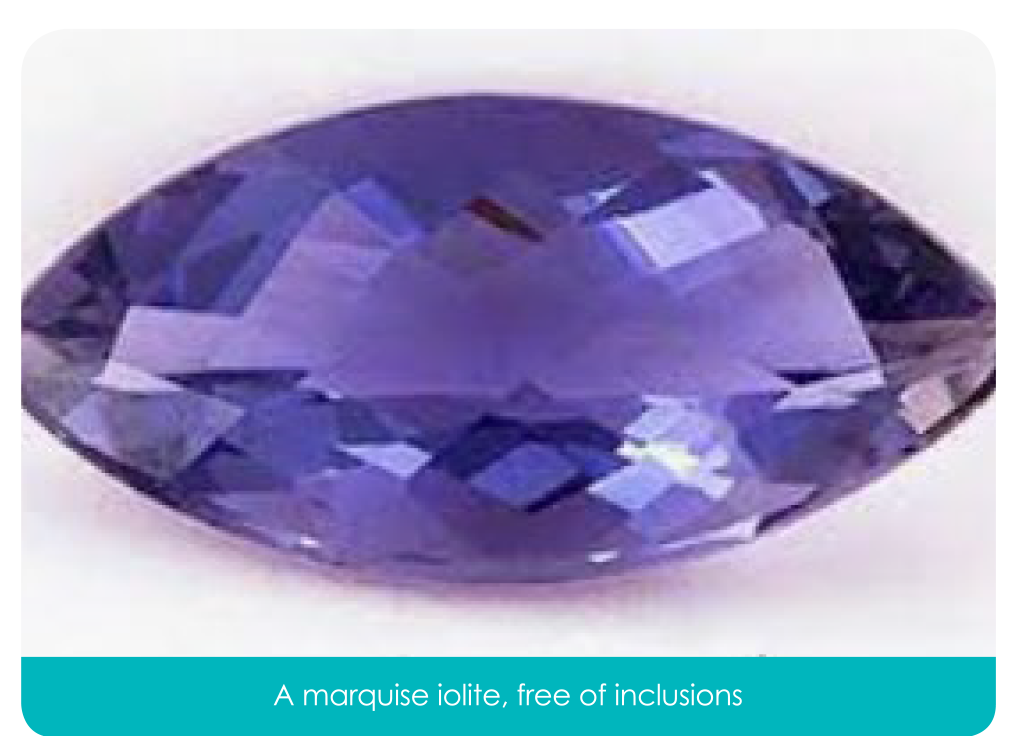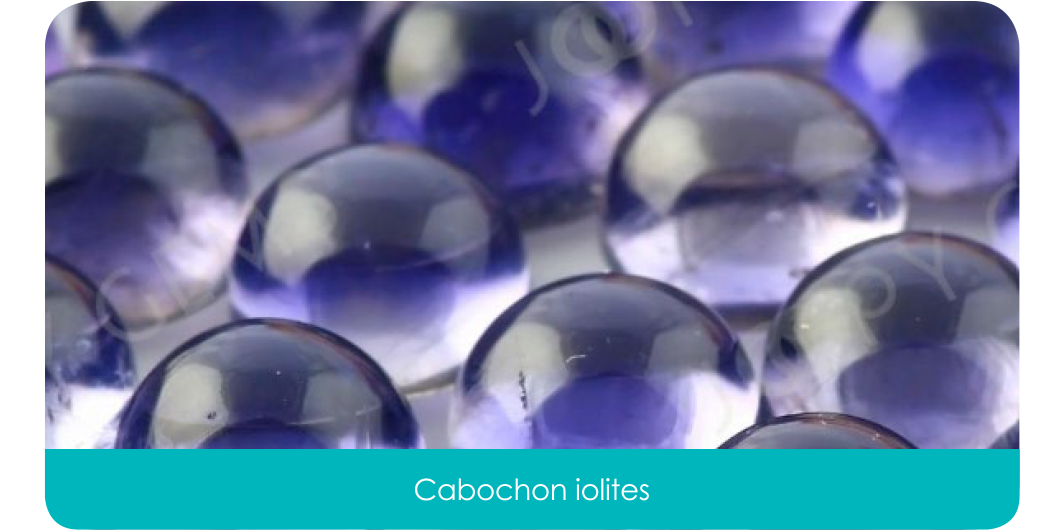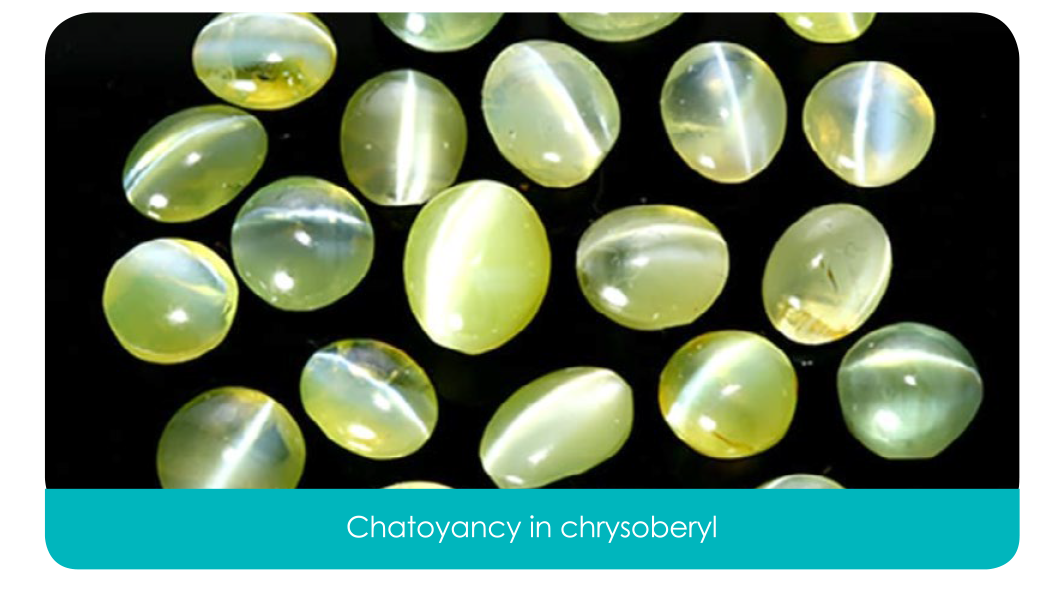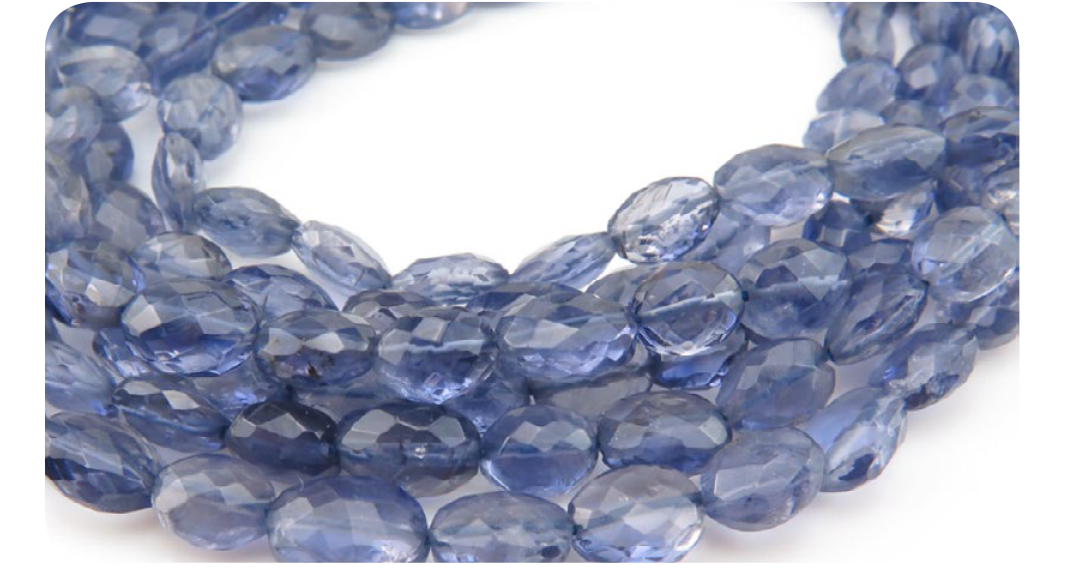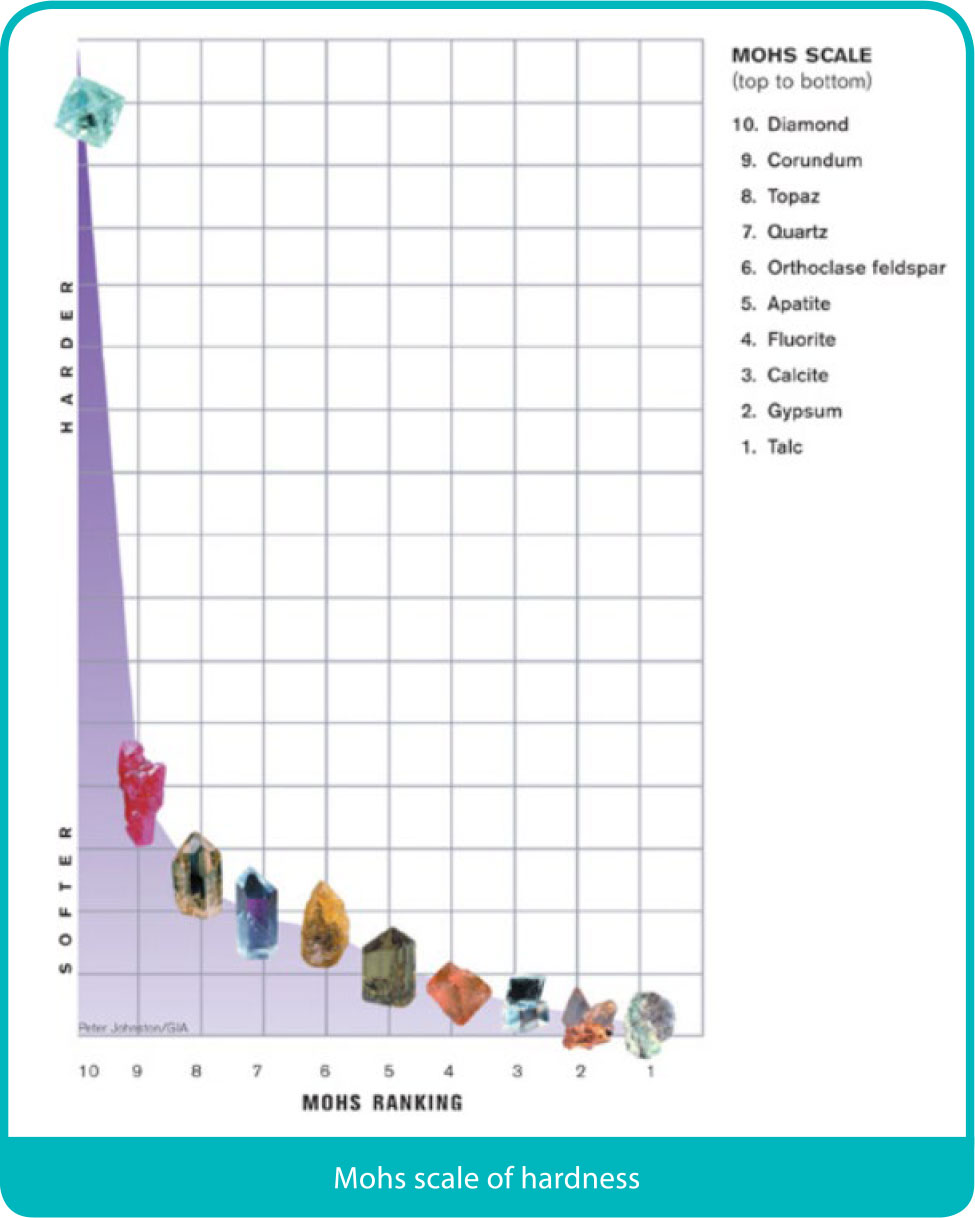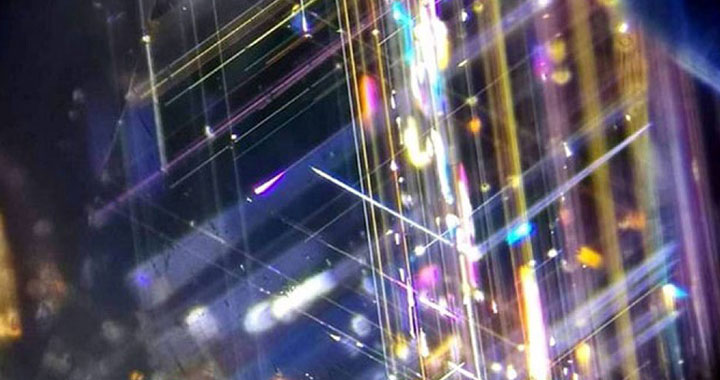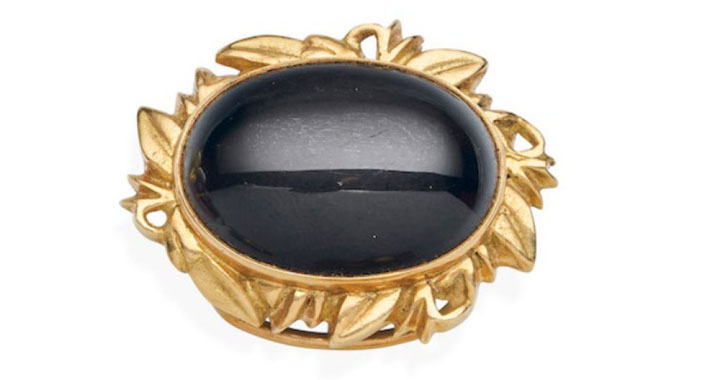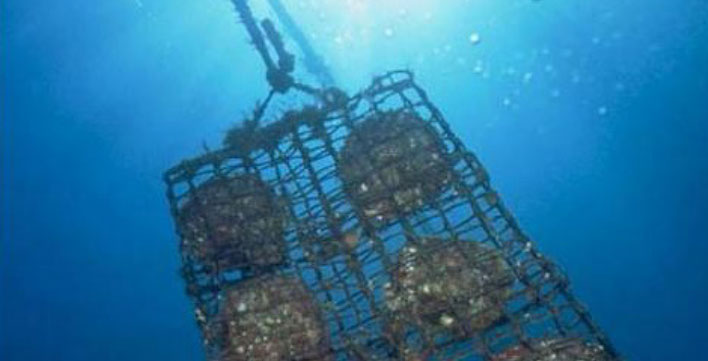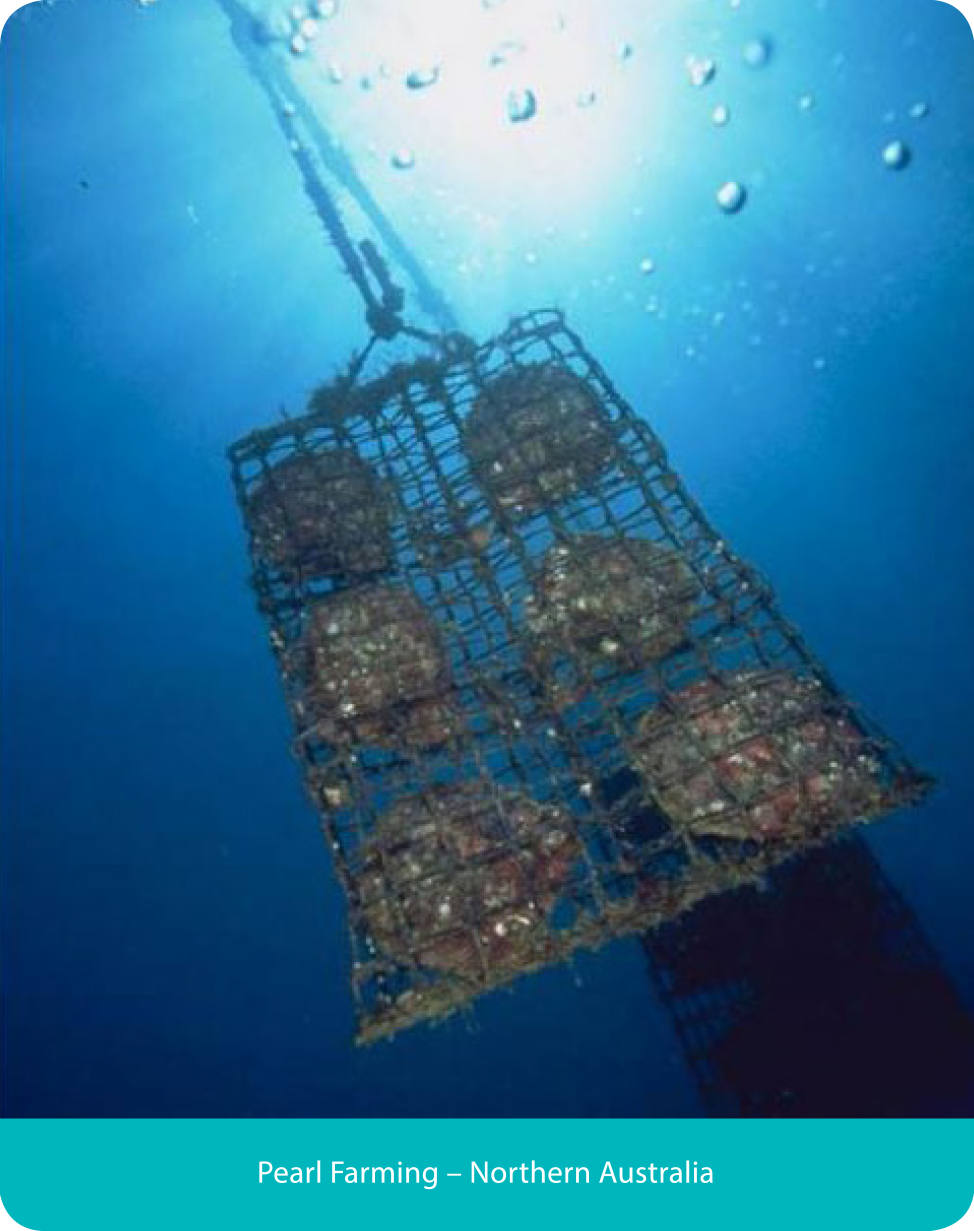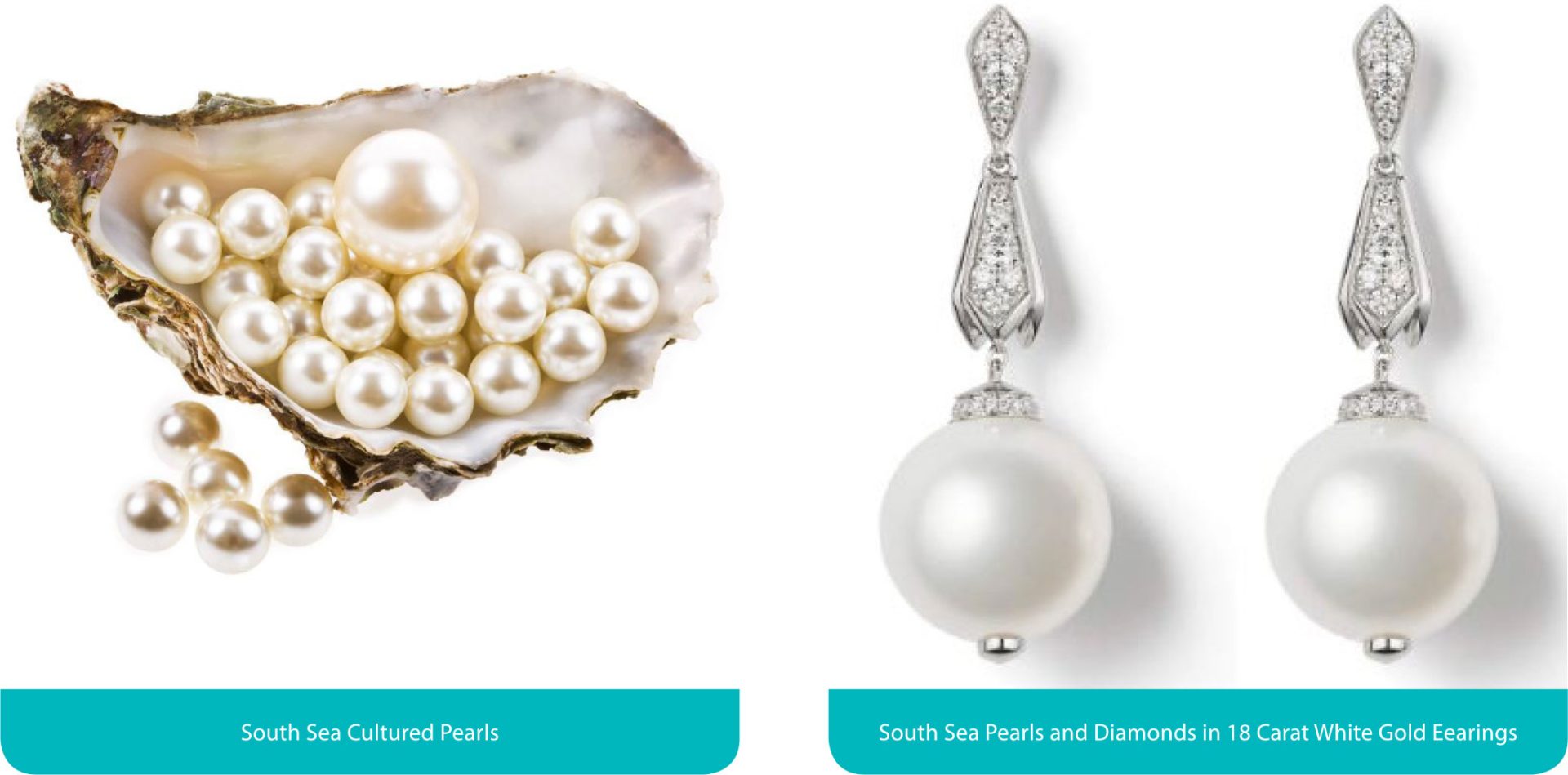Ametrine is a form of quartz. It combines both the purple amethyst and the yellow citrine all into one stone, making it somewhat of a unique specimen. To add to this uniqueness, commercial ametrine is only found in Bolivia, and more precisely in the mine of Anahi.

What do we mean by commercial? Stones that are of a particular quality that can be cut and set into jewellery.



The mine was named after a legendary princess of the 1600s who married a Spanish conquistador and was given the mine as dowry. The mine located in a very remote area of Bolivia, was lost for centuries. Research shows that the mine was only rediscovered in the mid-50s, only accessible by plane and small boats.
Ametrine displays the same properties as amethystand citrine. Ametrine rates a 7/10 on the Mohs scale. The Mohs scale of mineral hardness was created by Friedrich Mohs in 1822 and determines the scratch resistance of minerals when scratches by another mineral.

The Mohs scale is used to manufacture everyday objects: your mobile phone’s screen glass is made of a material that scratches at level 6, some at level 7. Ametrine therefore has good toughness and is suitable to be set in jewellery, such as this sapphire and ametrine torsade necklace which sold at auction for $408 (pictured below).



It can be noticed that ametrine is most commonly found in jewellery as a rectangular-cut stone. This cut displays the bi-colour property of the gem, exposing both colours at its best, with the clear demarcation between the yellow and the purple. The most prized ametrine will display fine transparency, a good contrast of colours and an equal balance between the two colours. Though it rates rather high on the Mohs scale, its colour can fade if exposed for long periods of time to too much bright light. If ametrine is worn in jewellery, its wearer should be aware of its possibility to scratch and chip if not cared for properly.
How would one care for its ametrine-set jewels? The best and safest way to clean your jewellery is with good old fashion soap and warm water and not exposing it to high heat. It is preferable not to place the gem in an ultrasonic in case the stone or others in the piece of jewellery have been dyed or fracture filled (the machine’s vibrations will remove the modifications).
Because of its extraordinary features, ametrine is often carved into fantasy-cuts.

An ametrine carving of rooster by Gerd Dreher sold at auction for $12,575. Dreher is a German animal figure carver, the fourth generation of Dr eher in this line of activity. He was born in 1943 in Idar- Oberstein, one of the most important gemstone centres in the world with the finest lapidaries and gem cutters.
This gem-set obelisk / jewellery box by Manfred Wild (pictured top right) remained unsold at $200,000- 250,000. Wild aas born in 1944 in Kirshvayler near Idar-Oberstein. He is the eighth representative of the family dynasty that has been engaged in lapidary art since 1630. Manfred Wild is sometimes called “The 21st century Fabergé”.
Ametrine is used in a wide range of carvings for its intriguing features. It is not uncommon to see jewels set with ametrine but it seems to be slightly underappreciated for what it is: an exceptional wonder of nature who combines two stones into one giving it a delightful play with colours.








